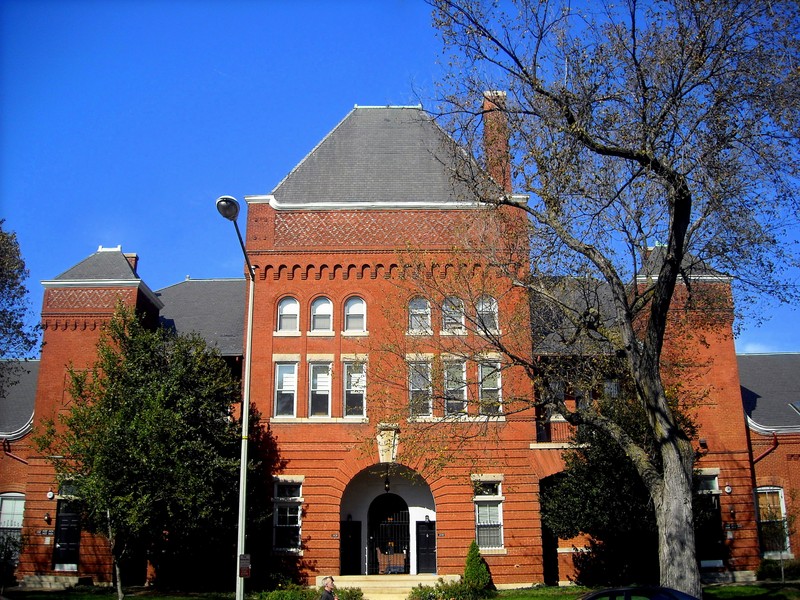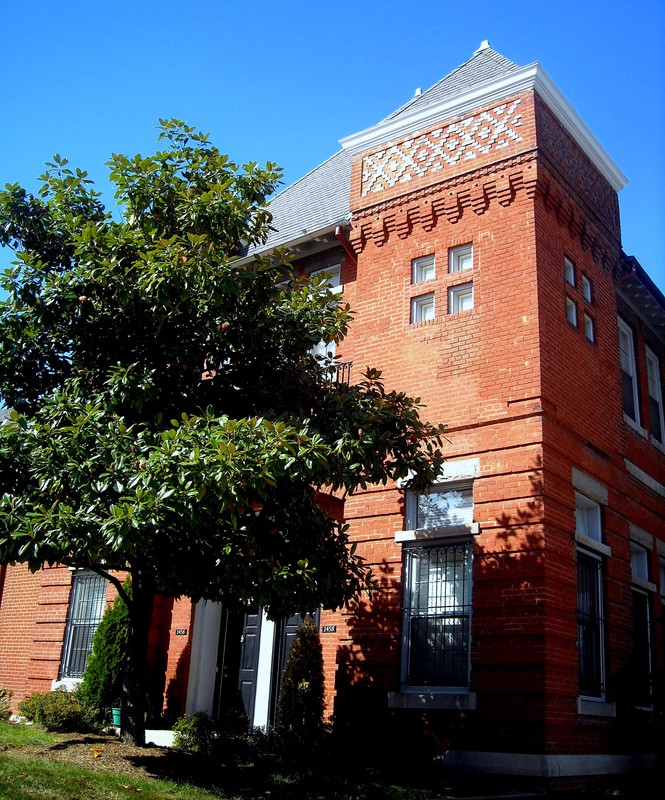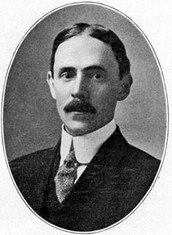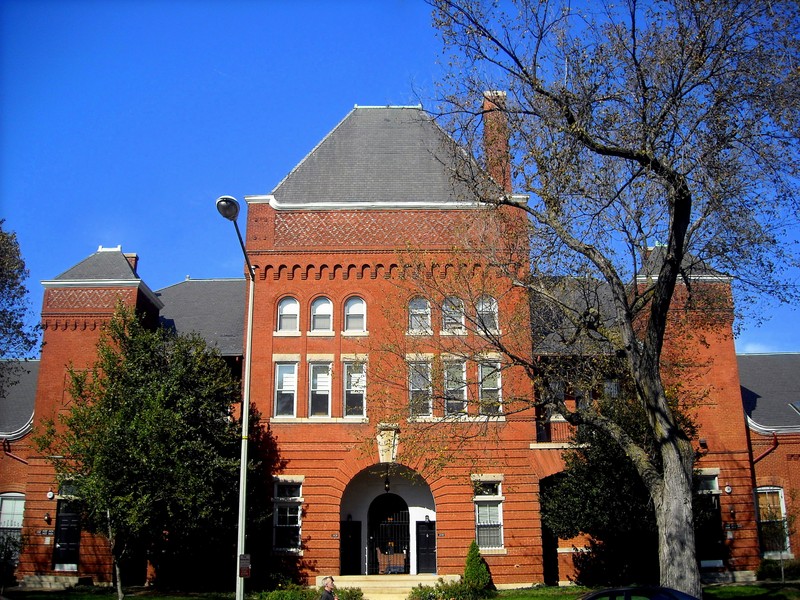The East Capitol Street Car Barn
Introduction
Text-to-speech Audio
Images
The Car Barn Condominiums, designed by local architect Waddy Butler Wood in 1896. Image by AgnosticPreachersKid - Own work, CC BY-SA 3.0, https://commons.wikimedia.org/w/index.php?curid=6013164

Corner view of the structure. Image by AgnosticPreachersKid - Own work, CC BY-SA 3.0, https://commons.wikimedia.org/w/index.php?curid=6013190

Architect Waddy Butler Wood ca. 1900


Backstory and Context
Text-to-speech Audio
Between 1862 and 1962, public transportation in the Washington, D.C. area included streetcars. The first streetcars were drawn by horses, but the introduction of electric streetcars greatly expanded the distance and range that could be serviced. These electric cars were powered by an overhead wire that was installed over the city streets. Although as technology advanced, it became apparent overhead wires would be the most efficient and cheap new way to power streetcars, in 1889, Congress passed a law banning streetcars from using overhead wires in the district. Therefore, streetcars had to use a system of conduits to receive power in the city.
The East Capitol Street Car Barn was erected by the Metropolitan Railroad Company in 1896, just as the company was converting all of its lines to the electric conduit system. The Metropolitan was the second-largest streetcar company in the central DC area, serving as the main rival to the successful Washington and Georgetown railroad. The structure was part of a project to extend the Metropolitan's reach from East Capitol Street to 15th Street. It served as a car barn, repair shop, and administrative offices for the company.
Designed by the prominent local architect Waddy Butler Wood, the L-shaped structure is constructed in the Romanesque Revival style. Waddy, most famous for his work on the Woodrow Wilson House and the Main Interior Building, built his reputation on large commissions for banks, commercial offices, and government buildings. The East Capitol Street Car Barn represents one of his early efforts. Many of his works have been placed on the National Register of Historic Places; this particular example was added in 1974.
In 1899, The Metropolitan merged with the Washington Traction and Electric Company, which declared bankruptcy soon after. The property was acquired by the Washington Railway and Electric Company, which oversaw the development of the streetcar business into an efficient network of electric railways. WRECO later became Capital Transit under a merger with the former Washington and Georgetown, becoming one company known as Capital Transit, later becoming DC Transit. Until 1962, when the full transition to buses marked the end of the streetcar era in the Capital, the East Capitol Street Car Barn functioned as a storage and repair shop for electric cars. Subsequently, the building was used to store buses.
In 1973, Metro acquired the DC Transit Company, which replaced it as the city's transit authority. The Car Barn then sat vacant until its purchase by a private developer. It was converted into a unique apartment complex and is now known as The Car Barn Condominiums. Today, it represents an important landmark in the history of D.C. transit. This building is not open to the public.
Sources
"East Capitol Car Barn." U.S. National Park Service. Accessed December 18, 2016. http://www.nps.gov/nr/travel/Wash/dc88.htm.
"Streetcars in Washington, D.C." Wikipedia, the Free Encyclopedia. Accessed December 18, 2016. http://en.wikipedia.org/wiki/Streetcars_in_Washington,_D.C.
"Waddy Butler Wood." Wikipedia, the Free Encyclopedia. Accessed December 18, 2016. https://en.wikipedia.org/wiki/Waddy_Butler_Wood.
